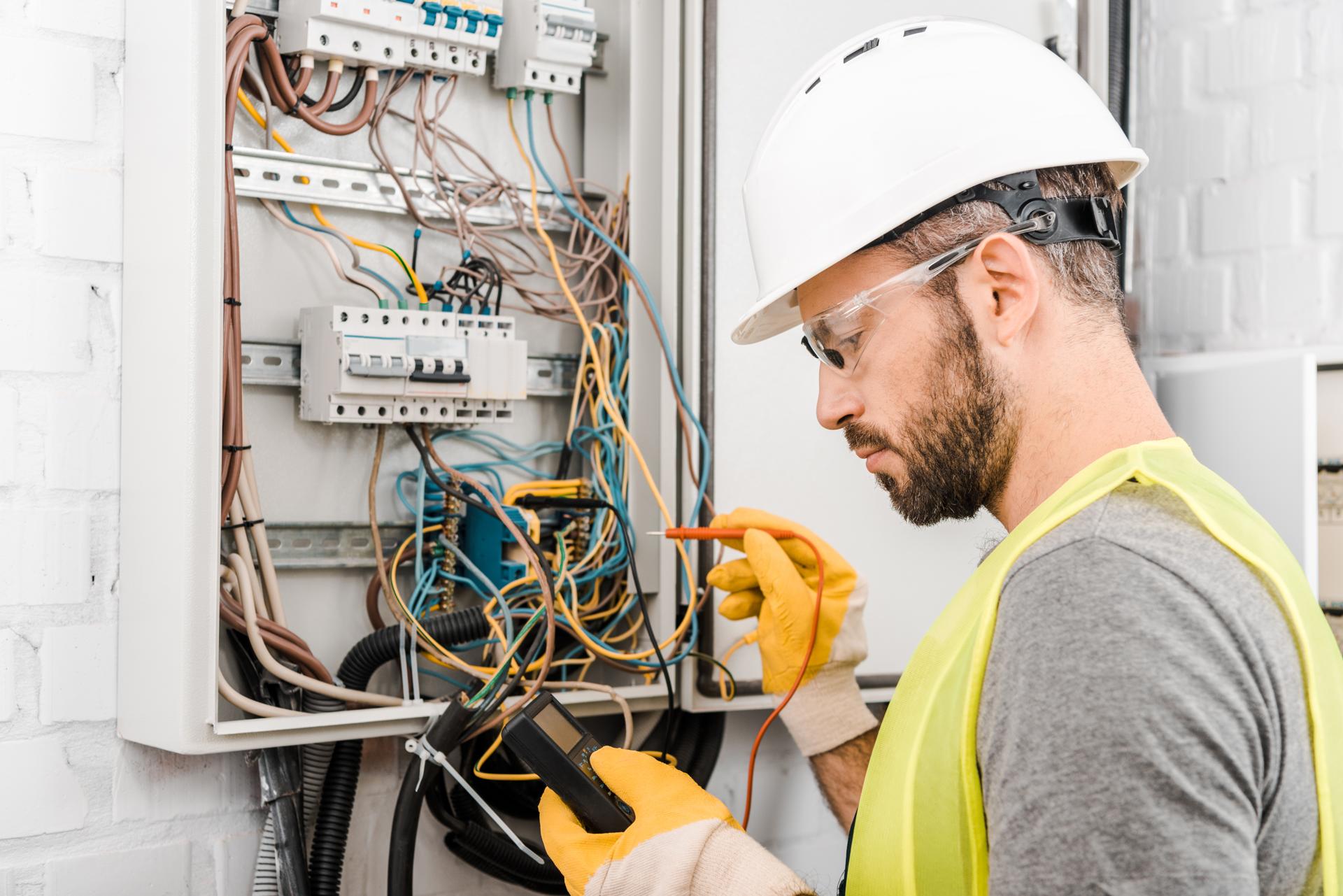Demystifying Electrical Wiring: An Introduction to How It Works in Your Home

Electricity is an essential component of our life, powering everything from the lights of our houses to devices we use on a daily basis. But electric systems may be a bit complicated, knowing how they function isn’t easy. In this guide we’ll breakdown the various components that make up an electric system, and explain how circuits work to power appliances and devices. Our residential electricians can handle any electrical jobs you need.
Components of an Electrical System
An electrical system is comprised of several essential components that work to supply power to the home. This includes:
Breaker box: the main source of electrical power in a home, where the electricity is divided into several circuits
Switches and outlets: the points where electricity is delivered to appliances and devices
Wiring: the electrical wires that carry power from the breaker box to outlets and switches
Electronic appliances and gadgets: appliances and gadgets that rely on electricity for their functions.
Electrical Circuits
An electrical circuit is a pathway that lets electricity flow from the point of origin (the breaker box) to the appliances and devices in a home. There are two types of electrical circuits in homes: 120-volt circuits and 240-volt circuits. 120-volt circuits are employed for most household devices and appliances, while 240-volt circuits are used for larger appliances such as dryers, air conditioners and electric ones.
Electrical circuits work by completing a loop that allows electricity to flow from the source to the device or appliance. The loop is made up of a hot cable that is the conduit for electricity along with a neutral wire that completes the circuit, and the ground wire which provides the pathway for electricity to travel to the ground in the event of a fault.
Understanding the electrical Wiring
Electrical wiring is available in many different kinds, including non-metallic sheathed wire (NM), armored cable (AC), and conduit. Each type has its own advantages and disadvantages and the selection of the wiring type is contingent upon the specific requirements of the installation.
Wiring conducts electricity through a flow of electrons in the wire. The electrons travel between the origin and the appliance or device, and back to the source using the neutral wire. It is crucial to make sure that the wiring is put in place and maintained correctly, as improper wiring can cause electrical dangers like shocks and fires.
Common Electrical Issues
The most frequent electrical problems found at home include tripping breakers, flickering lights, and dead outlets. These problems can be caused due to a variety of reasons such as overloading circuits broken connections, and defective wiring.
If you are experiencing one of these problems, it’s essential to identify the root cause and take action to fix the problem. In certain instances, this may involve contacting an accredited electrician to examine and fix the wiring.
Concluding as well as a Call to Action
In conclusion, understanding how electrical wiring operates is vital to ensure the safety and security of your home’s electrical system. By following the guidelines outlined in this document, you can stay secure and avoid potential dangers.
Should you ever have questions or concerns regarding the electrical system in your home Don’t hesitate to reach out to Emergency Electricians Adelaide. Our licensed electricians have the knowledge and expertise to address all of your electrical requirements. Contact us by phone at 1300 262 148 to schedule a appointment.
FAQ
What are the indicators of an electrical wiring issue?
Signs of faulty electrical wiring can include tripping breakers, flashing lights, and electrical outlets that are not working, for example.
How often should I schedule my electrical system at home inspected?
It is recommended to have your home’s electrical system checked by a licensed electrician every 10 years.
What is the life expectancy of electrical wiring?
The life expectancy of electrical wiring is dependent on several factors, including the type of wiring, the environment it’s installed in, as well as the quality of the installation. The majority of electrical wiring lasts at least 30 years or more if it’s installed with the proper installation and maintenance.
Do I need to fix electrical issues myself , or do I need to employ an electrician?
While some electrical issues can be solved by homeowners, it’s advised that you employ an authorized electrician to complete most electrical repairs. If you attempt to fix electrical issues without the proper education and expertise is risky and can result in injuries or damages the property.
What should I do if encounter an electrical problem at home?
If you encounter an electrical issue the first step is to cut off power to the affected location by turning off the fuse or breaker. After that, you should contact an accredited electrician to examine and fix the issue as soon as is possible.
By following these guidelines, you can ensure the security and reliability of the home’s electrical system and prevent any potential dangers. Keep in mind that when you need repairs to your electrical system as well as installations, it’s always recommended to rely on the professionals. Reach out to Emergency Electricians Adelaide at 1300 262 148 for all your electrical concerns.
